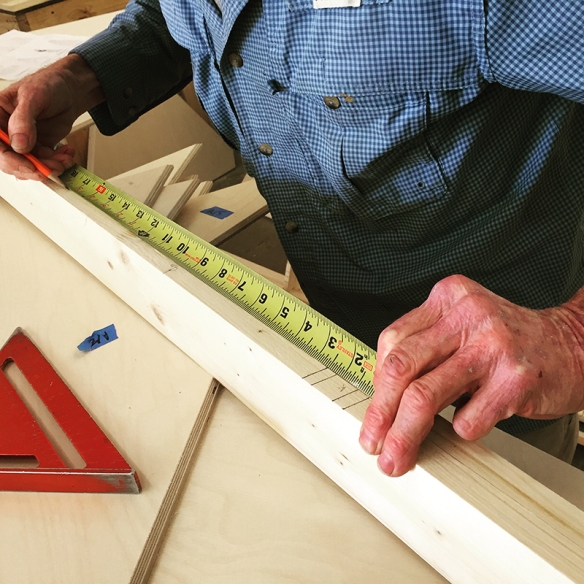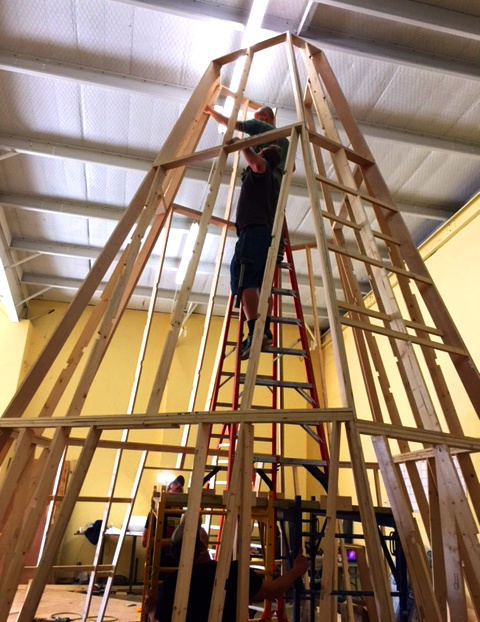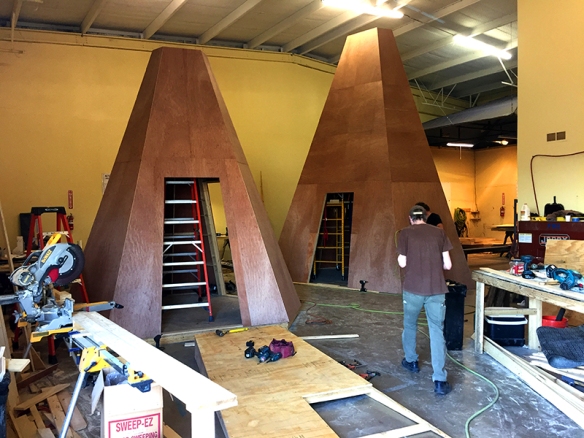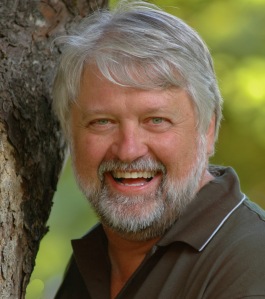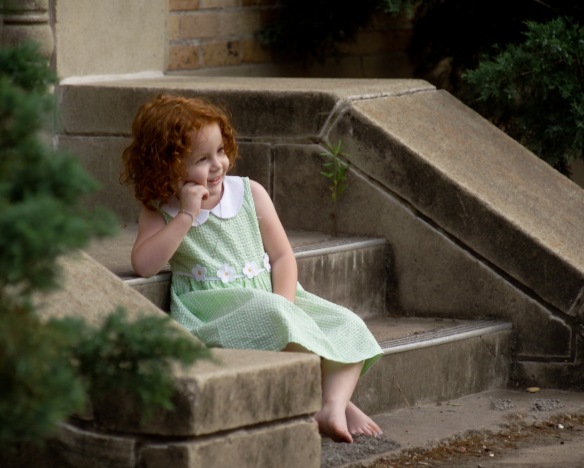These past few weeks The Memory Observatory has gone from a plan, to a framework, to shipping crates and now a completed structure at SXSW.
The sleek angled physical design of The Memory Observatory is only an indication of the journey that awaits visitors that enter it. To bring that experience alive was the challenge for Marcos Lutyens, one of the world’s leading sensorial artists.

Marcos Lutyens has exhibited internationally, including 340 performances over 100 days at dOCUMENTA(13) and with many other museums and institutions including the Los Angeles County Museum of Art, the Centre Georges Pompidou, the Royal Academy, the National Art Museum of China, MoMA PS1 and many more. Partnering with Kodak Alaris, his next stage will be The Memory Observatory at SXSW.
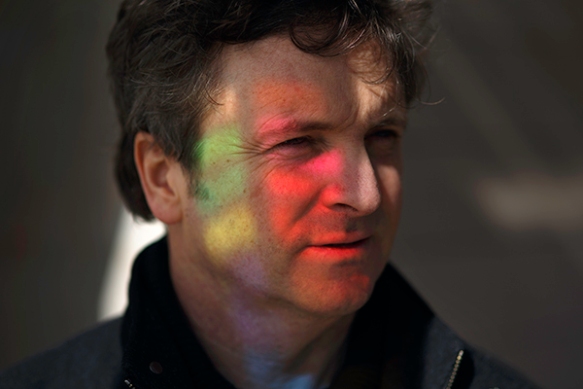
Lutyen shares his vision of The Memory Observatory with the following…
“I fused the beauty of dreaming and the reality of life into a single blissful color.” – Fernando Pessoa, The Book of Disquiet
In a world where technology often isolates us and digital images disappear faster than our recollection of the original events, The Memory Observatory develops a counter-flow that regenerates memories while bridging the gap between us, as social beings. It serves as a platform of collective consciousness across space and time.
There are so many popular references to shared memories and access to other people’s consciousness that it has pretty much become an expected cultural and cognitive reality. Movies like Total Recall, Inception or Eternal Sunshine of the Spotless Mind have popularized the idea that not only can memories be localized within the brain, but that they can be shared and viewed by others. MIT neuroscientists Steve Ramirez and Xu Liu have proved that this is the case by being able to pinpoint specific memories within the brain, thus confirming what is often predicted in fiction long before science catches up. A good example of this is space travel, which was first written about in Roman times in a book called ‘True Stories,’ predating the moon landing by some 1,800 years. However, the lags between fiction and reality nowadays are very much shorter and so the idea of sharing memories in a full sensorial spectrum seems within our grasp.
The Memory Observatory is really just a way of accelerating predicted reality into a tangible form. In this case the subject matter is shared consciousness. The use of imagery to extend memory dates back over thousands of years, but it was George Eastman who turned frozen memories into living ones by developing the idea of the snapshot. This was conceived of as a window, not into a formal idea of a moment, such as in the case of a bust or a portrait, but rather a real, lived instant with its lasting and yet spontaneous emotional imprint combined with the social dynamic of the moment.
In The Memory Observatory, we reverse engineer a synesthetic process to heighten the emotional state of visitors, combining sounds, color and smell. In so doing we create a state of enhanced consciousness, which forms the perfect environment for absorbing a sharable memory.

The structure and induction.
Two structures are joined by a passageway. They have fractal patterns carved into them as they taper upwards. The smaller of the two is called the Reflection Room. Similar in name to my installation called the Reflection Room as part of the Hypnotic Show performance at dOCUMENTA (13), Kassel, Germany, and similar also in the sense that the word ‘Reflection’ is about looking inwards rather than the presence of mirrors.
Inside, an ‘Experience Guide’ discusses with a visitor about memories, about past experiences and also whether that guest has any image that s/he would like to share.
The Experience Guide makes note of the emotional feelings related to this memory, and according to a specially developed synesthetic wheel, a cascade of color, musical notes and smells are gathered in preparation.
The guest then goes through a narrow passageway until s/he reaches the larger of the two spaces: the Memory Observatory in which the visitor is immersed into a heightened vision of his/her own memory. Other guests are there too to experience this memory, and after a while their own memories are integrated into the kaleidoscopic array.
Emotion
Emotions are linked to specific colors, smells and sounds according to a synesthetic wheel developed for the Memory Observatory. This wheel has been generated through research in the fields of psychology, neuroscience, olfactory and sound design theory.
Memory
The original experience or ‘meaningful moment’ is frozen as a snapshot within the photo library of the visitor until the moment it is brought back alive and augmented within the Memory Observatory. The aspect of sharing one’s memory with others through enhanced sensory cues is the truly innovative aspect of this installation
Senses
Memories are formed, triggered and replayed through the sense centers in the brain, this is why we are using the sense of smell, hearing and sight to bring these memories back alive to their fullest extent and beyond.
* According to The Doors of Perception by Aldous Huxley,
‘Each person is at each moment capable of remembering all that has ever happened to him and of perceiving everything that is happening everywhere in the universe…According to such a theory, each one of us is potentially Mind at Large.’
The Memory Observatory will debut at SXSW on March 12 in the Austin Convention Center, Ballroom B. Hours are March 12 Noon-6pm, March 13-14 10am-6pm and March 15 10am-3pm. More info at www.kodakmoments.com/memory






